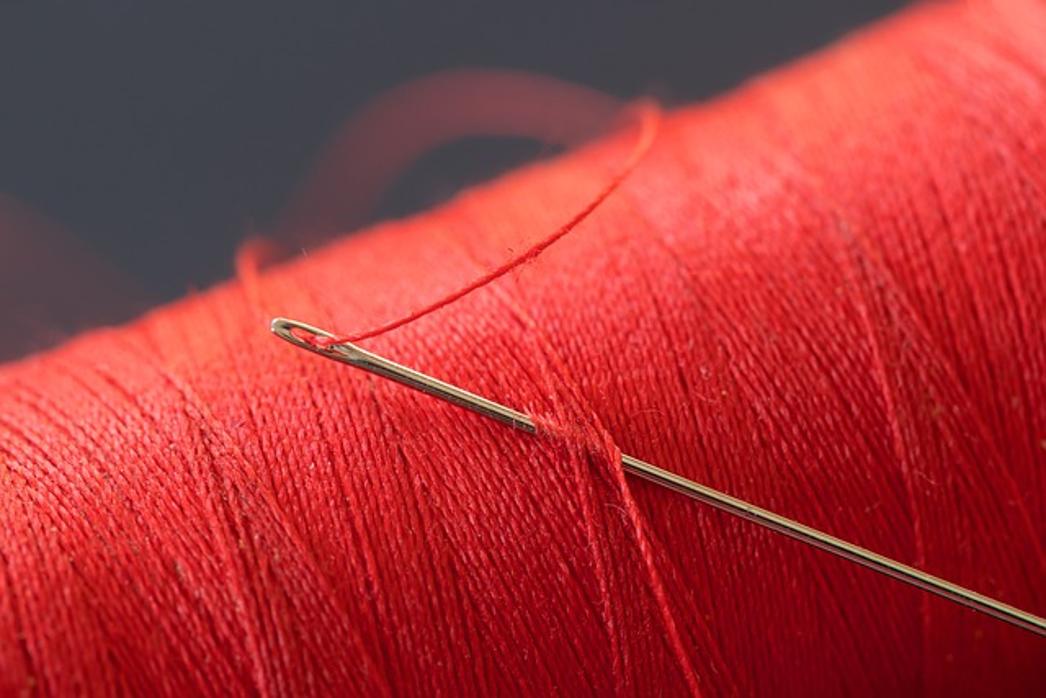Introduction
When shopping for a new mattress, the materials used in its construction can significantly influence your decision. One common concern is whether a mattress contains fiberglass, a material often used for its flame-retardant properties. So, where does Tuft & Needle stand on this matter? In this blog, we will explore the presence (or absence) of fiberglass in Tuft & Needle mattresses and compare them with competitors to help you make an informed choice.

Understanding Fiberglass in Mattresses
What is Fiberglass?
Fiberglass is a composite material made of fine glass fibers, renowned for its durability, strength, and heat resistance. In mattresses, it’s mainly employed as a flame retardant to meet safety regulations.
Common Reasons for Fiberglass Use
Many mattress manufacturers utilize fiberglass because it is cost-effective and meets stringent fire safety standards. By integrating fiberglass into the mattress layers, manufacturers can ensure the product resists ignition from open flames, thereby adhering to regulations without significantly increasing the cost.
Health and Safety Concerns
Despite its benefits, fiberglass can pose health risks if exposed. When the protective cover of a mattress containing fiberglass is removed or damaged, the tiny glass fibers can become airborne and cause skin irritation, respiratory issues, and other health problems. This has heightened consumers’ vigilance regarding fiberglass in mattresses.
Tuft & Needle’s Approach to Mattress Composition
Materials Used in Tuft & Needle Mattresses
Tuft & Needle emphasizes simplicity and safety. Their mattresses typically feature adaptive foam, polyester, and rayon. These materials aim to provide comfort and durability without compromising on safety standards.
Official Statements from Tuft & Needle Regarding Fiberglass
Tuft & Needle has explicitly stated that their mattresses do not contain fiberglass. This commitment to transparency and consumer safety is a significant selling point for the brand.
Customer Experiences and Reviews
Customer reviews often reflect satisfaction with Tuft & Needle mattresses’ comfort and lack of fiberglass-related issues. Many users appreciate the assurance that their purchase lacks potentially harmful materials, contributing to the brand’s positive reputation.

Comparing Tuft & Needle with Competitors
Fiberglass Usage Across Major Mattress Brands
Fiberglass use varies widely among mattress brands. Some budget brands incorporate fiberglass for cost reasons, while premium brands tend to avoid it, opting for safer alternatives.
Pros and Cons of Alternate Materials
- Wool: Naturally flame-retardant and eco-friendly but can be costlier.
- Silica Sock: A synthetic but non-toxic alternative, found in higher-end mattresses.
- Kevlar: Highly effective but expensive and complex to manufacture.
How Tuft & Needle Stands Out in the Market
Tuft & Needle leverages the absence of fiberglass, transparent material disclosures, and positive customer feedback to stand out. Their focus on adaptive foam and non-toxic materials garners consumer trust and satisfaction.
Alternatives to Fiberglass in Mattresses
Exploring Safer Flame Retardant Options
As consumers become more safety-conscious, manufacturers are exploring alternatives like:
1. Natural Latex: Offers natural fire resistance and comfort.
2. Organic Cotton Covers: Provide an additional barrier without synthetic chemicals.
3. Wool Layers: Effective for fire resistance while being natural and hypoallergenic.
The Rise of Organic and Natural Mattress Materials
Organic mattresses featuring materials like organic cotton, natural latex, and wool are gaining popularity. These not only meet fire safety standards but also appeal to consumers looking for eco-friendly, health-conscious options.
Consumer Advocacy and Industry Standards
Consumer advocates emphasize transparency and push for stricter industry standards. These efforts have led to improved labeling and greater awareness, encouraging manufacturers to shift towards safer materials.
Making an Informed Decision
Key Factors to Consider When Buying a Mattress
- Material Safety: Ensure the mattress does not contain harmful substances like fiberglass.
- Comfort and Support: Look for materials that offer good sleep quality.
- Brand Reputation: Check reviews and brand transparency on materials used.
- Certifications: Look for OEKO-TEX, CertiPUR-US, or GOTS certifications.
Questions to Ask Retailers or Manufacturers
- Does this mattress contain fiberglass?
- What flame-retardant materials are used?
- Are there any certifications for material safety and sustainability?
Guidelines for Maintaining a Healthy Sleep Environment
- Use Mattress Protectors: Safeguard the mattress to prevent damage.
- Regular Cleaning: Keep the sleeping area clean to reduce allergens.
- Proper Ventilation: Ensure good airflow to prevent mold and dust mites.

Conclusion
Understanding what goes into a mattress is crucial for health and peace of mind. Tuft & Needle’s commitment to excluding fiberglass from their mattresses and using safe, reliable materials sets them apart in the industry. By focusing on consumer safety and comfort, they offer a compelling option for anyone in the market for a new mattress.
Frequently Asked Questions
Does Tuft & Needle use fiberglass in their mattresses?
No, Tuft & Needle mattresses do not contain fiberglass.
What materials do Tuft & Needle mattresses contain?
Tuft & Needle mattresses are made from adaptive foam, polyester, and rayon, ensuring safety and comfort without fiberglass.
Are mattresses with fiberglass safe to use?
While they meet fire safety standards, exposure to fiberglass can cause health issues. It’s better to opt for alternatives without fiberglass.
